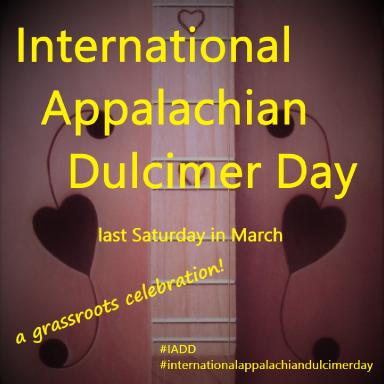A Question about dulcimer popularity...
General mountain dulcimer or music discussions
Interesting question. I'm not sure how to measure it, either. The dulcimer was never a popular instrument. Even in Appalachia in the 19th century, it was less common, surely, than fiddles, banjos, and guitars. The folk revival did indeed represent an apotheosis of sorts, but importantly, a lot of the people who took up the dulcimer then are still involved in the instrument. I've learned from many of them (Neal Hellman, Joellen Lapidus, Holly Tannen, etc.)
The original question references only the last 10-15 years. Since I first discovered the dulcimer 13-14 years ago, I think my own perspective is useful here.
Until the pandemic, the number of dulcimer festivals was increasing. And throughout that period, the number of people engaging about dulcimers online (FOTDM, ED, Facebook, etc.) has also been increasing. In terms of the sheer number of people who own or play the instrument, I think there are more people involved now than there ever were.
And I'm not sure that the number of "commercial" builders is a measure of an instrument's popularity. First, as @Nate says, the dulcimer is relatively easy to build, and a lot of people build dulcimers for themselves or close friends. Second, and I will argue this until the cows come home and crush our tuners, we now have a small number of phenomenal luthiers making instruments that far surpass in quality of tone and playability the vast majority of instruments made in the past. Even long-standing "commercial" luthiers such as Folkcraft and McSpadden are making much better instruments than they did decades ago, and if you add New Harmony and David Beede and Ron Ewing and Jerry Rockwell and Terry McCafferty and so many more, I think the number of outstanding dulcimers being produced is greater than ever. Makers of some less impressive instruments have ceased, but I think that's not a bad thing. Additionally, the market has been sufficient for low-end commercial builders like Roosbeck to enter the fray.
Having said all this, imagine if Taylor Swift would just play one song on the dulcimer in one of her concerts, I bet a whole bunch of teenage girls would get turned onto the instrument and before you can pick up your noter, there would be a NateBuildsToys Fan Club formed, their insignia a jello mold in the shape of a treble clef.












